For most of us, buying groceries is a chore. But people used to like it (many still love it, especially cooks, as they say – you can’t be a great cook unless you’re first a good food shopper). There were big grocery store trips, enjoyed by many people. Most of the key decisions about our home cooking got done when people were shopping, not when they were back in the kitchen.
With the advent of online ordering convenience, grocery shopping also shifted online. Unlike other categories e.g. apparel, electronics, etc, online grocery stores have very slim profit margins (1 – 3%). Not many players got success in this field and not only profitability but the dynamics of running an online groceries business are also very different. But there is a great opportunity – the India online grocery market size was valued at USD 2.9 bn in 2020 and is expected to expand at a compound annual growth rate (CAGR) of 37.1% from 2021 to 2028.
In India, Bengaluru-based BigBasket, launched in 2011, has been able to not only crack the online grocery retail but also successfully innovated it and had given convenient choices to its customers.
Through the book “Saying No to Jugaad: The Making of BigBasket”, the authors – T.N. Hari and M.S. Subramanian shed light on the fact as to why grocery remains the king of all products when it comes to online purchase platforms, the kind of decision making that goes behind making the user experience so favorable at BigBasket. The authors shared their ideas of frugality, humility, sharp customer-centric focus entrenched with a high value-driven approach. While this book mentions what really went into making BigBasket, into what it is today — let me try to analyze the successful BigBasket’s online grocery retail business from great product launch in the Indian market perspective that provided not only the satisfaction of groceries delivery but also the joy of getting the great quality groceries at your doorsteps.
Let’s start with changing consumer behavior in groceries shopping…
Consumers’ Online Groceries Shopping Behavior
Grocery shopping is a routine task; it is generated from need, and not desire, or luxury for that matter. Although it was a routine task, people do their grocery shopping carefully, to check the quality, freshness, and tenderness of the fruits and vegetables, dairy and meat items, and other food items, etc.
“Food Haute Couture is Passe”
Food has slowly replaced haute couture to become the new fashion. Food habits and tastes have begun to make greater social statements than apparel and luxury goods. Food is the first thing people splurge on, followed by apparel, housing, education.
This had implications on how BigBasket built its business – the assortment selection, supply chain, warehouses, cold chains, farmer-connect programs, and international sourcing all had to be designed keeping in mind rapidly changing consumer preferences.
The 1950 green revolution was motivated by the immediate food security needs of newly independent India, focused on wheat, rice (carbohydrates). India evolved in the next 50 years – Indian society became more affluent, and health consciousness was a by-product of affluence.
Following are the key shifts that happened over time:
- Indians consume 22% more calories per day now vis-a-vis 50 yrs ago.
- Share of protein, fat & sugar intake has grown, whereas the share of cereals has decreased.
- Consumption of fruits and vegetable increased (as quality and variety of fruits increased and horticulture gave better returns to farmers)
- Increase in intake of gourmet and organic foods e.g. Chocolates, ice-cream, cheeses, vinegar etc
- Explosion of international cuisines – exotic and niche restaurants serving every kind of global cuisine.
No doubt, there is convenience and many plus points on online shopping, but the online grocery shopping experience was different, especially in India. How did BigBasket successfully service such a wide variety of groceries to price-sensitive Indians with their ever-changing food habits?
Let’s analyze from Jobs-to-be-Done (JTBD) lens and see what jobs were people trying to perform while doing online groceries shopping. As I’ve mentioned in this story, the following is the statement structure for a Job-to-be-Done:
When (situation) —– I want to (motivation)—— so that (benefit)——
1: When I’m doing online groceries shopping, I want to be able to find all the groceries from the online retailer, so that I don’t have to visit the offline store for the balance items which are not available.
– Fill rate
2: When I’m doing online groceries shopping, I want to be able to order the fruits and vegetables as per their ripeness and freshness, so that I’m assured of how long would I take to consume the stock being ordered.
– Touch-n-feel
3: When I’m doing online groceries shopping, I want to be able to receive my order as soon as possible (within the same day), as per my convenient time, so that I’m assured of my food items to deliver before my cooking time.
– On-time delivery
4: When I’m doing online groceries shopping, I want to be able to quickly find my items, order it & receive it at my doorsteps, so that I can save my time grocery shopping time.
– Save shopping time
5: When I’m doing online groceries shopping, I want to be able to get all my monthly requirements at one place conveniently, so that I can stock my monthly requirement from one place without any worry of missing out on anything.
– Monthly Stock up
6: When I’m doing online groceries shopping, I want to be able to order by daily requirements on time, without any minimum order size, so that I don’t have to go visit the store to buy small quantity items e.g. milk, bread, etc.
– Daily top-up items
7: When I’m doing online groceries shopping, I want to be able to get my perishable items delivered in perfect conditions, so that I can enjoy the taste of food with its freshness and store it without any worry of spoilage e.g. ice-cream, fresh meat, etc.
– Cold-storage items delivery
As we see, customers’ jobs are not just related to the product items that customers interact with i.e. front-end (app or website), customers’ jobs are dependent heavily on logistics i.e. on-time delivery, freshness, and quality check, minimize the wastage and cold-items supply chain. BigBasket team realized that to be successful in the online groceries business, you have to own the supply chain, or at least be able to control it.
Let’s look at each job carefully, its benefit to customers, and how BigBasket was able to provide the solution and enabled its customers’ perform their job successfully.
1. Fill rate
Fill-rate is the number of grocery items customers are able to order divided by the total number of grocery items customers are looking to order.
The only reason any online grocery retail can be successful in the longer term is its ability to provide all the items customers need. If the customer has to visit the offline store to buy the balance items, she would rather go and buy the entire list of items offline.
BigBasket Solution: In online grocery retail, it’s the inventory model going to help them win in the longer-term, not the asset-light model. The asset-light model is where you don’t own the supply chain and share the inventory of your partners. In India, BigBasket team realized that you can’t rely on the delivery boys picking up groceries from the nearest stores and doing a good job of it. And stores in India are a long way from sharing their inventory with online grocery companies on real-time basis. With Inventory-model, BigBasket was able to control the supply chain and able to fulfill the customers’ requirements (around 50mn orders a month) with a 99.5% fill rate. (Achievement of such a great fill rate is also a function of inventory forecasting & inventory management).
2. Touch-n-feel
Groceries buying is an art – said by many groceries shoppers.
Customers pick a few bundles of Spinach and check the freshness of each before they choose one, check the tenderness of ladyfingers (Okra) by pressing it, check the color of fruits to gauge the ripeness, etc. Also, customers sometimes want fully ripe fruits and sometimes little raw fruits, as per their contextual requirements. Choice – is very personal to each customer.
BigBasket Solution: Its impossible to replace the touch-n-feel quality check with any other technological solution, but there were some approaches taken by BigBasket team to assure the best quality check and win trust of customers:
- BigBasket tied with ‘Central Food Technology & Research Institute’ to get the food quality tested.
- BigBasket used image-processing technology to check the quality of fruits and vegetables based on shape, size, color etc. e.g. potatoes.
- Direct farmers connect programs – where BigBasket buy fresh fruits and vegetables direct from farmers (+70% outside APMC market)
- Dark stores – widely spread-out storage facilities to ensure the freshness of fruits and vegetables and reduce the delivery time
3 & 4. On-time Delivery & save shopping time
Customers want their delivery on time and as per their convenient time-slots. Matching online grocery company delivery time with customers’ convenience is a skill – and it’s also a supply-chain and logistics optimization with as minimal cost as possible.
BigBasket Solution: Dark stores (stores where customers don’t walk in) were placed by BigBasket team at various locations, distributed as per the demand and supply of the groceries. With dark stores placements, BigBasket was able to deliver 99% on time with a 1% out-of-stock experience.
5 & 6. Monthly stock-up and daily top-up items
In groceries buying, the following are the insights observed:
- 75% of grocery purchase is planned at the beginning of the month.
- 20% are top-up purchases through-out the month, mostly m-d month.
- 5% are local specialty stores.
BigBasket Solution: To cater to different requirements of the customers’ BigBasket separated the products as per customers’ requirements as follows:
- BigBasket main app – to order stock-up items (monthly items) in bulk in bigger volume.
- BBDaily – to order daily items (top-up) e.g. morning milk & bread, eggs etc.
- BB Instant – to order the small-size orders to be delivered instantly.
Project 5k – 80% of the sales come from an assortment of 5000 items (out of over 20,000). BigBasket 5K model centered on the large dark-stores which would hold a larger assortment. 5K dark stores are bigger than express dark stores and architected differently. Full serviced model for planned Stock (4-6 hours) expresses model for top-up (2-3) hours.
7. Cold-storage items delivery
Items like ice-cream, meat, etc. need a very cold temperature for storage so that they can be consumed within time, without any spoilage and its taste remains the same. (Ice-cream and frozen items to be stored at -25C. Leafy vegetables at 5C and meat at -5C). The challenge for online grocery retailers was not only to store these items in proper cold-chain but also to deliver it at their desired temperature.
BigBasket Solution: Following products were brought in by BigBasket:
- Gel (better than insulation boxes) that would be packed into plastic boxes and freeze at 3 different temperatures in 3 type of freezers, for 3 different type of items.
- Placing special dark stores closer to high demand areas with 2000-3000 SKUs as opposed to 20,000 SKUs at mother warehouse.
BigBasket Product Plan
BigBasket is not a tech-led company, but a tech-enabled one. It is not an app/website for groceries, it is a grocery company that has an app i.e. there is a huge back-end of warehouses, trans-shipment hubs, dark stores, etc which goes into fulfilling customers. Product managing the back-end is extremely important and drives a big part of the customer experience and growth.
BigBasket product has 3 components:
- Website
- Front-end app
- Back-end
The total customer experience is dependent on all the above product components as follows:
- Customers’ ease of placing order on app/web, discoverability, effectiveness of search, ease of navigation and the check-out process.
- Overall delivery experience – timeliness, the behavior of delivery person.
- Quality of assistance in resolving complaints
- The quality of product (grocery items) itself.
BigBasket Data Analytics
Analytics is about insights, not just data. Insights are definitive, conclusive, and actionable. BigBasket data insights lead to the following products launches:
1. Smartbasket (homegrown algorithm) – helps customers complete their shopping in 7 mins vs twice the time taken on average by customers not using it. In addition, the smartbasket helps customers avoid missing any item they are likely to miss.
2. Recommendation system – to help customers discover grocery items that they are likely to need but are unaware of that. Most of the customers’ monthly purchases are repetitive, but10% is made up of new items. This is where recommendation systems are very critical to driving up order values by helping customers discover new product items.
3. Data analytics also helped in forecasting perishable items, minimizing the out-of-stock and wastage situations.
References:
“Saying No to Jugaad: The Making of Bigbasket” – T.N. Hari and M.S. Subramanian
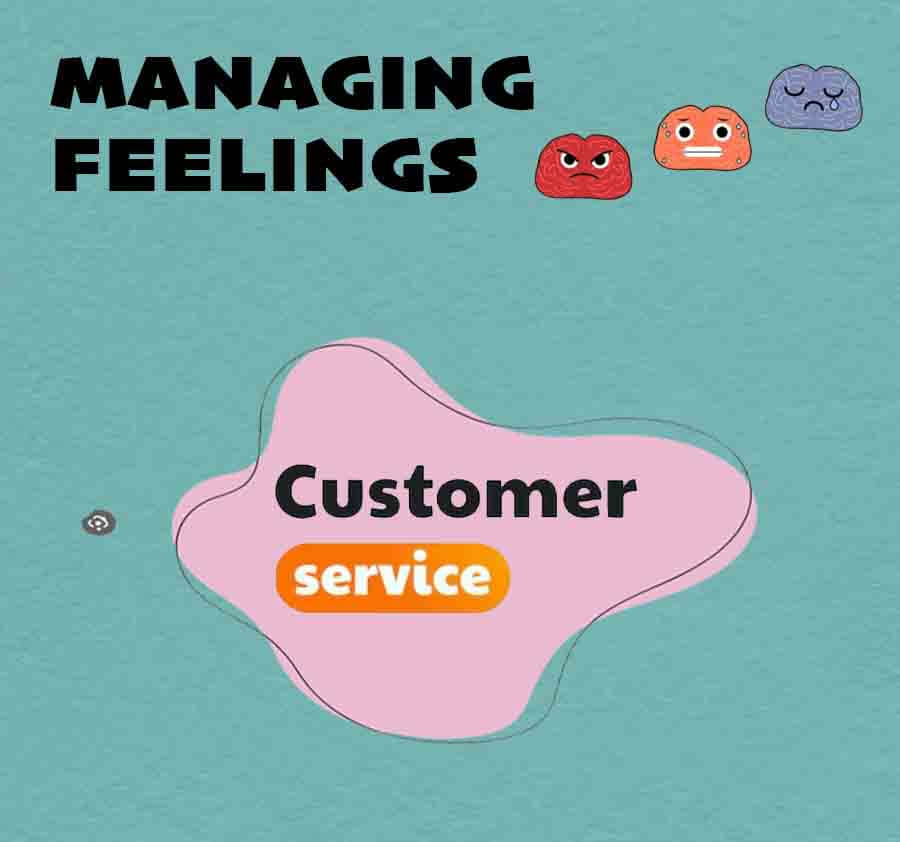
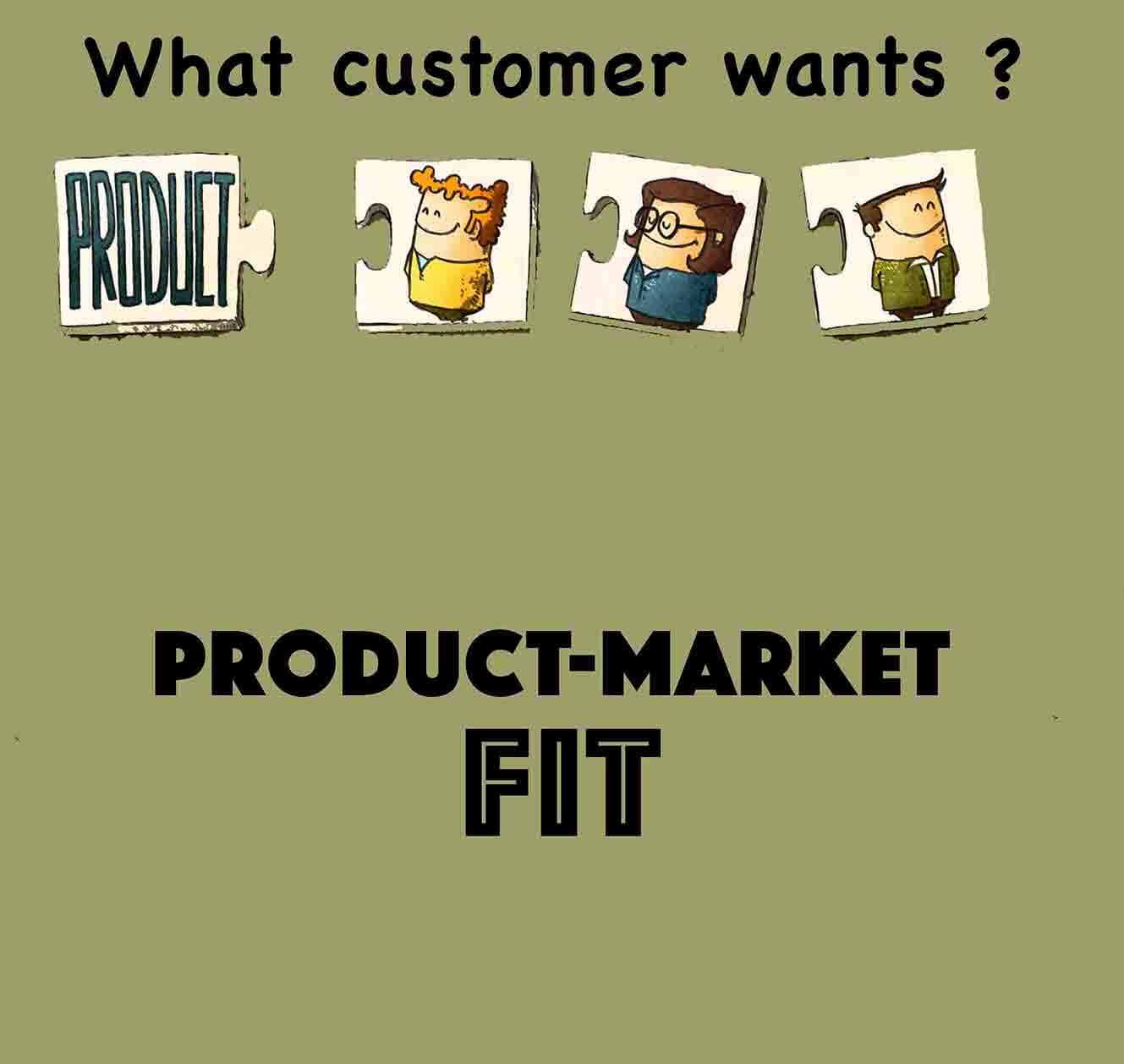
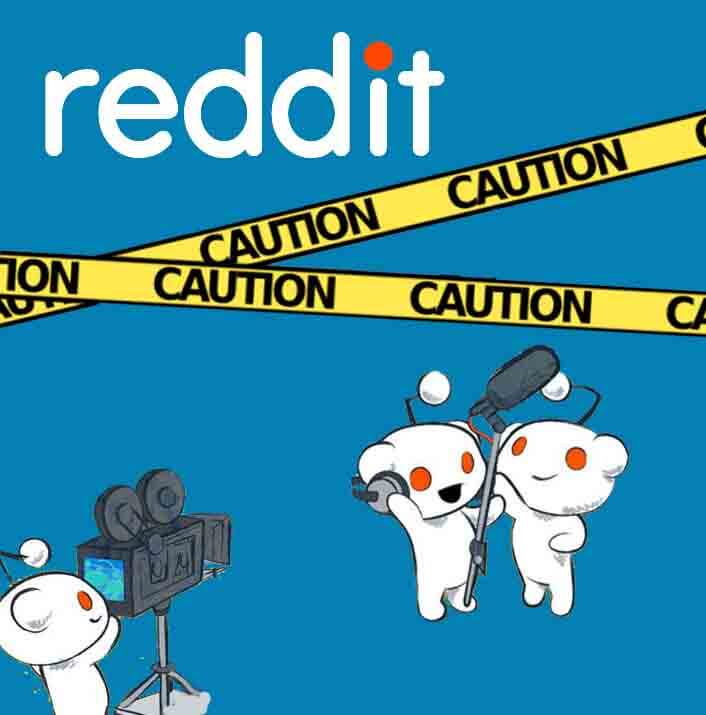
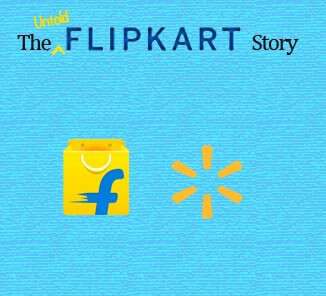
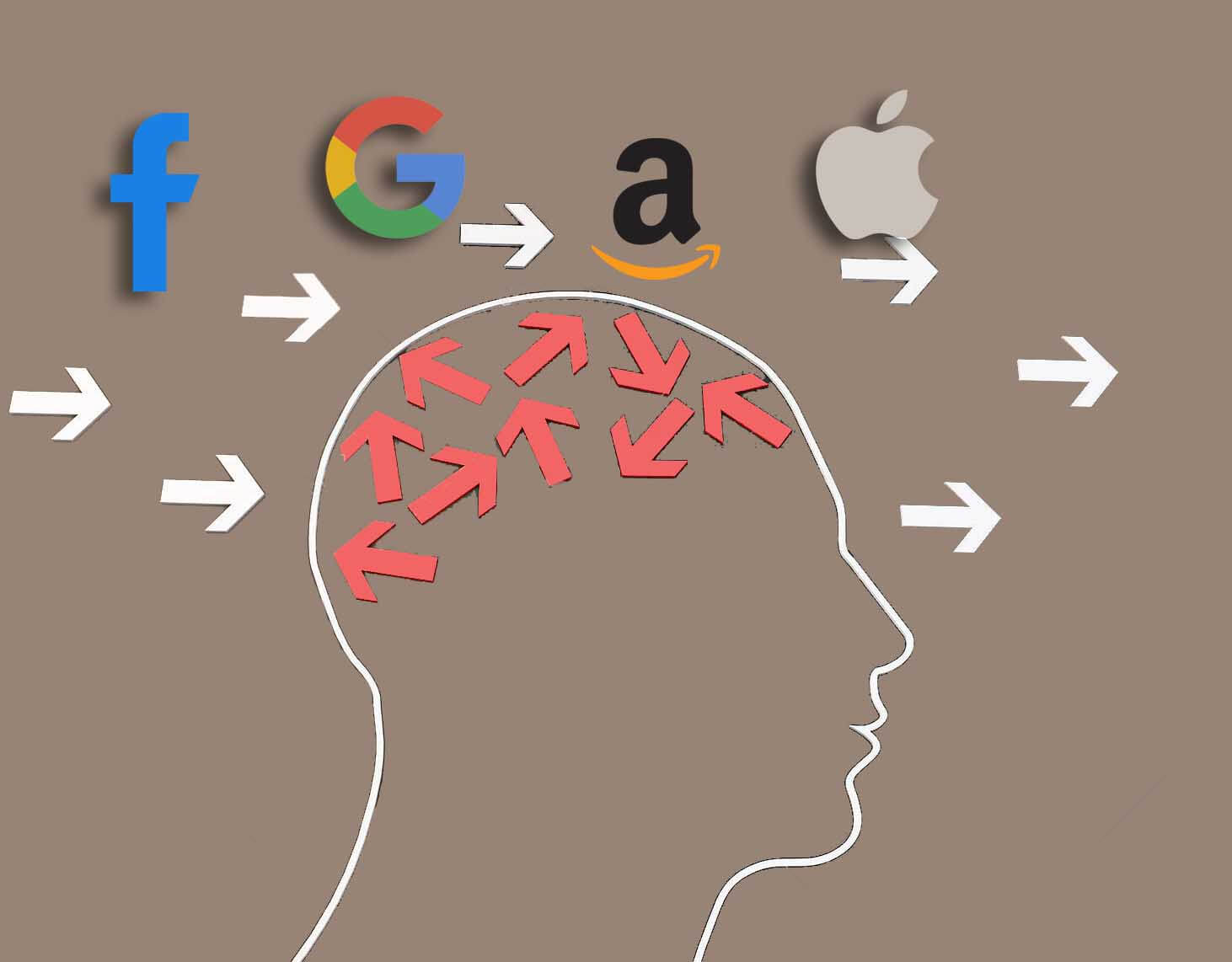
 Swipe for more stories
Swipe for more stories
Comments